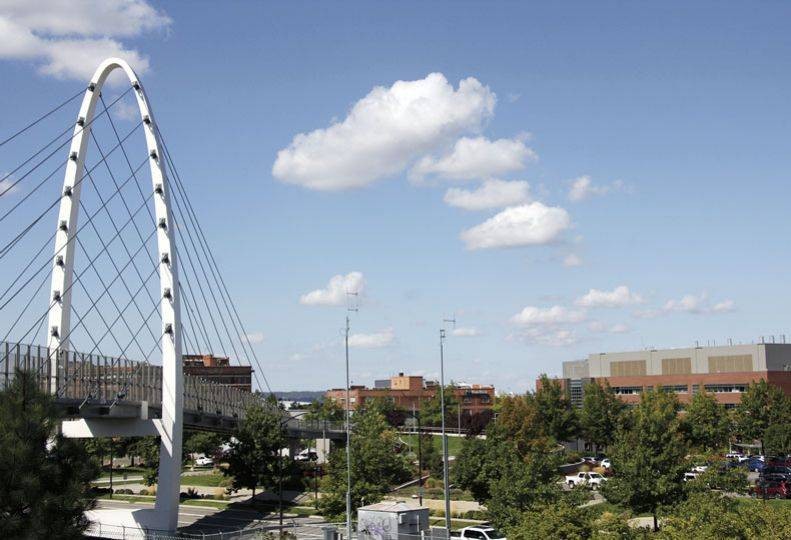What’s Happening With: Spokane’s University District
Thursday, September 14, 2023

As reported in the Journal of Business by Mike McLean
Following a spate of highly touted developments, Spokane’s University District Development Association is making plans on several levels for what might come next, says Juliet Sinisterra, the organization’s CEO.
Forward-looking concepts under consideration range from creating a business improvement district to shaping a walking pedestrian district that would accommodate 6,000 housing units, Sinisterra says.
The UDDA recently conducted a survey called U Pulse seeking input from businesses and property owners within the district, the results of which are expected to be presented this fall.
“We’re looking for that to inform a long-term, 20-year vision around investment priorities for the UDDA, but then also to prioritize our capital investments for the next five years,” Sinisterra says. “That helps me coordinate my work with the city and make sure we’re in alignment. It also allows me to go after additional grants and find ways we can double and triple our tax-increment financing dollars.”
She says she expects the UDDA will have its priorities established by year-end.
The district’s celebrated developments include the recent $15.5 million renovation project at the 113,000-square-foot Washington State University Medicine Building, at 205 E. Spokane Falls Blvd., and last year’s completion of the $60 million, 90,000-square-foot University of Washington School of Medicine-Gonzaga University Health Partnership building at 840 E. Spokane Falls Blvd.
Other notable developments in the 770-acre district in recent years include the $40 million Catalyst Building and the adjacent $17 million Scott Morris Center for Innovation, the $20 million Boxcar Apartments, and the $15.4 million University District Gateway Bridge.
With two medical schools and several other health sciences programs in the University District, Sinisterra says she’s seen lot of developer interest, although momentum has slowed somewhat over the last year or so.
“Prior to the interest rate hikes, I was getting much more regular contact from developers around the state,” she says. “I think a lot of developers are laying low, or they’re reevaluating how to approach development with higher interest rates.”
She says she still has some contact with developers working on models for workforce housing.
“They’re wanting to bring housing into the University District, but then they’re also wanting to see more street-level vibrancy,” she says. “One of the biggest questions I get is: Why do I want to live there?”
She says the UDDA wants to answer that with a vision of an urban village that enables people to live and work in the district.
“It’s a bit of a chicken-and-egg,” she says. “We need to create a destination in order to get more housing. We need to draw people into the district and get more foot traffic in order for housing developers to be more comfortable.”
She says an urban amenities study recommends that a pedestrian-oriented district could accommodate 4,000 housing units within the next 20 years just in the south part of the district.
Extrapolating from a separate housing-needs study led by the city, Sinisterra estimates a demand for another 2,000 units in the north part of the district.
“Districtwide, we’re looking at a total of 6,000 units to create a vibrant walking urban district that the University District is intended to be,” she says. “So the board will be strategizing different ways we can be catalytic in supporting that—not just for market-rate housing but for workforce and affordable housing as well.”
Not all development concepts are going smoothly at the moment.
Work on a multifamily residential development named The District, a $62 million, 298-unit apartment complex planned at 1055 E. Martin Luther King Jr. Way, has been delayed due to issues with pilings designed for its foundation, she says.
Initial site work began there early last year. Building permits were extended in May and expire in mid-November, city records show.
Representatives of the contractor, Garco Construction Inc., of Spokane, and the developer, Sagamore Spokane LLC, of Scottsdale, Arizona, couldn’t be reached immediately for comment.
However, Sinisterra says, “I talked with those developers about a month ago, and they have assured me they are still moving forward.”